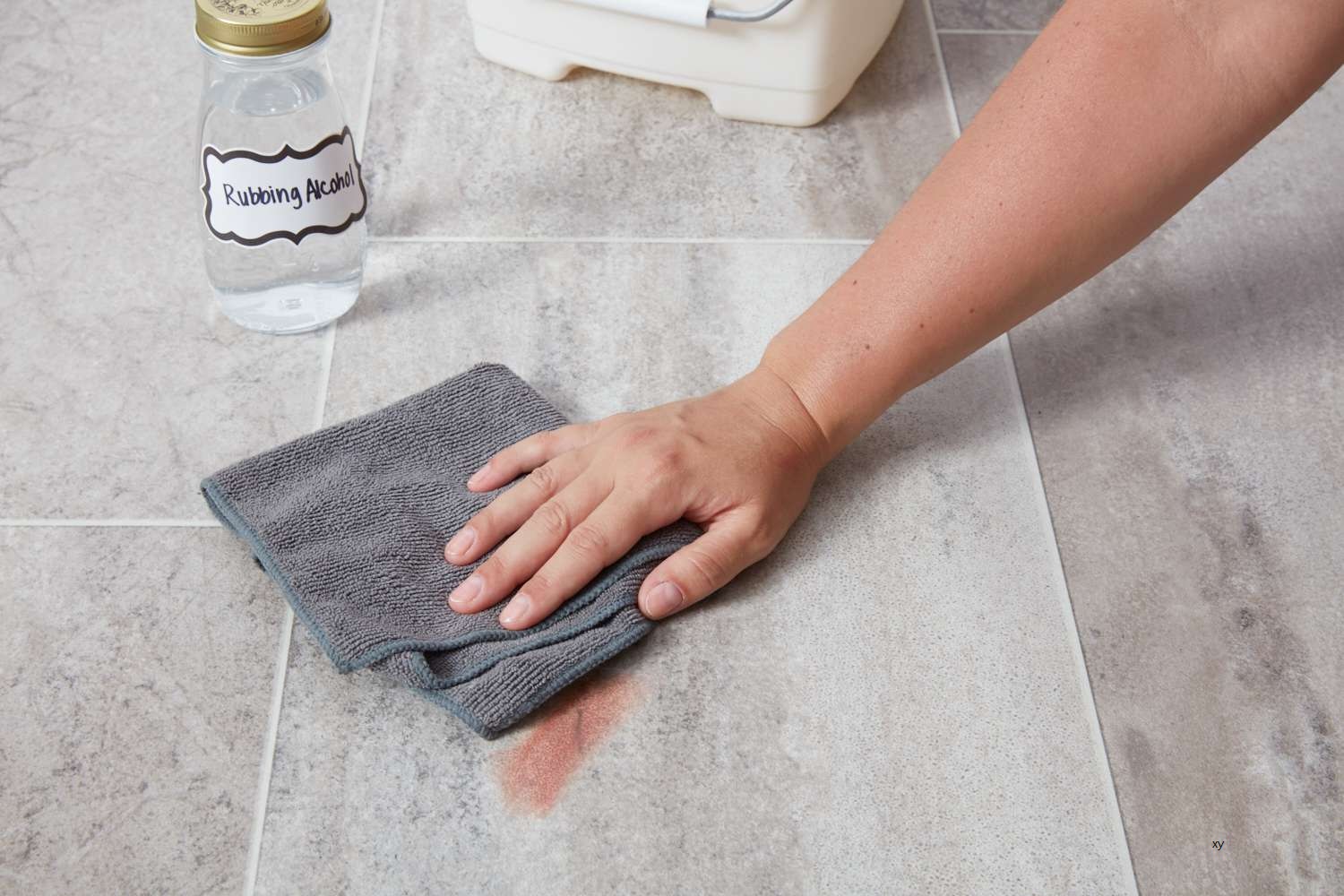

Articles
How To Clean A Linoleum Floor
Modified: October 21, 2024
Looking for articles on how to clean a linoleum floor? Discover expert tips and step-by-step instructions for maintaining the shine and durability of your linoleum flooring.
(Many of the links in this article redirect to a specific reviewed product. Your purchase of these products through affiliate links helps to generate commission for Storables.com, at no extra cost. Learn more)
Introduction
Welcome to our guide on how to clean a linoleum floor. Linoleum is a popular choice for flooring in kitchens, bathrooms, and other high-traffic areas due to its durability and easy maintenance. Over time, however, linoleum floors can accumulate dirt, stains, and grime, making them look dull and unattractive.
Regular cleaning of your linoleum floor is essential to keep it looking its best and prolong its lifespan. In this article, we will walk you through the step-by-step process of effectively cleaning your linoleum floor, using simple household supplies and techniques.
Before we dive into the cleaning process, let’s quickly go over the supplies you’ll need:
Key Takeaways:
- Regularly sweeping and dusting your linoleum floor is essential to prevent scratches and maintain its appearance. Use gentle cleaning solutions and techniques to keep it looking pristine.
- Spot cleaning and addressing tough stains promptly will help preserve the beauty of your linoleum floor. Incorporate regular maintenance to extend its lifespan and keep it looking vibrant.
Read more: How To Fix Linoleum Floor
Gathering Supplies
1. Broom or vacuum cleaner with a soft brush attachment: This will be used to sweep up loose dirt and debris from the floor.
2. Microfiber mop or a soft mop: Opt for a mop with a microfiber head or a soft mop to avoid scratching the linoleum surface.
3. Bucket: You’ll need a clean bucket to mix your cleaning solution.
4. Mild detergent or linoleum-specific cleaner: Choose a cleaner that is specifically formulated for linoleum floors. Avoid using harsh chemicals or abrasive cleaners that can damage the surface.
5. Warm water: You’ll need warm water to mix with your cleaning solution.
6. Soft cloth or sponge: This will be used for spot cleaning and wiping down any stubborn stains.
7. Baking soda: Baking soda is a natural deodorizer and can be used to tackle tough stains and odors.
Now that you have all the necessary supplies, let’s move on to the step-by-step cleaning process.
Key Takeaways:
- Regularly sweeping and dusting your linoleum floor is essential to prevent scratches and maintain its appearance. Use gentle cleaning solutions and techniques to keep it looking pristine.
- Spot cleaning and addressing tough stains promptly will help preserve the beauty of your linoleum floor. Incorporate regular maintenance to extend its lifespan and keep it looking vibrant.
Read more: How To Fix Linoleum Floor
Gathering Supplies
Before you begin cleaning your linoleum floor, it’s important to gather all the necessary supplies. Having everything ready will streamline the cleaning process and ensure you have everything you need at your fingertips.
Here are the supplies you’ll need:
- Broom or vacuum cleaner with a soft brush attachment: Start by removing loose dirt, dust, and debris from the floor. A broom or vacuum cleaner with a soft brush attachment is ideal for this task. Make sure to pay attention to corners, edges, and under furniture where dirt tends to accumulate.
- Microfiber mop or a soft mop: Opt for a mop with a microfiber head or a soft mop to avoid scratching the linoleum surface. These types of mops are gentle yet effective at cleaning the floor.
- Bucket: You’ll need a clean bucket to mix your cleaning solution. Choose a bucket that is large enough to hold an adequate amount of water and your mop.
- Mild detergent or linoleum-specific cleaner: Choose a cleaner that is specifically formulated for linoleum floors. Avoid using abrasive cleaners or harsh chemicals as they can damage the surface. Alternatively, you can use a mild detergent mixed with water as a cleaning solution.
- Warm water: You’ll need warm water to mix with your cleaning solution. Warm water helps to loosen dirt and grime for easier removal. Avoid using hot water as it can cause discoloration or damage to the linoleum.
- Soft cloth or sponge: Keep a soft cloth or sponge handy for spot cleaning and wiping down any stubborn stains. These tools allow you to target specific areas with precision and exert gentle pressure without scratching the surface.
- Baking soda: Baking soda is a natural deodorizer and can be used to tackle tough stains and odors on linoleum floors. Having this versatile ingredient on hand will come in handy during the cleaning process.
By gathering these supplies beforehand, you’ll have everything you need to effectively clean your linoleum floor without any hassle. With your supplies ready, it’s time to move on to the step-by-step cleaning process.
Sweeping and Dusting
Before you start mopping your linoleum floor, it’s important to remove any loose dirt, dust, and debris. Sweeping and dusting the floor will prevent these particles from scratching the surface or getting trapped in the mop when you begin cleaning.
Follow these steps to effectively sweep and dust your linoleum floor:
- Clear the floor: Remove any movable furniture or objects from the area you’ll be cleaning. This will give you unrestricted access to the entire floor surface.
- Select the right broom or vacuum attachment: Use a broom with soft bristles or a vacuum cleaner with a soft brush attachment. These gentle tools will effectively collect dust and debris without scratching the linoleum.
- Sweep or vacuum: Begin by sweeping or vacuuming the floor, starting from one corner and working your way towards the other side. Use smooth, sweeping motions to collect dirt and debris. Pay special attention to corners, edges, and hard-to-reach spots.
- Remove stubborn dirt: If you encounter stubborn dirt or pet hair that doesn’t come off easily, try using a rubber broom or a rubber squeegee. The rubber bristles or edge will help lift and collect the stubborn dirt without scratching the linoleum surface.
- Dust hard-to-reach areas: Use a microfiber cloth or a duster to clean hard-to-reach areas such as baseboards, vents, and corners. Dusting these areas will prevent the accumulation of dirt and improve the overall cleanliness of your linoleum floor.
Once you’ve swept and dusted the entire floor, take a moment to inspect it for any lingering debris or dirt. If necessary, quickly sweep or vacuum those areas again to ensure a clean starting point for the next step.
Sweeping and dusting your linoleum floor before mopping will help prevent scratches and ensure that the mop can effectively remove any remaining grime or stains. With the floor cleared of loose dirt and debris, you’re now ready to move on to the next step: mixing the cleaning solution.
Mixing Cleaning Solution
Now that you have sweeped and dusted your linoleum floor, it’s time to mix the cleaning solution. The right cleaning solution will effectively remove dirt, stains, and grime without causing any damage to your linoleum surface.
- Choose the right cleaner: You have a couple of options when it comes to selecting a cleaner for your linoleum floor. You can either use a mild detergent or opt for a linoleum-specific cleaner. If using a mild detergent, make sure it is free from harsh chemicals and abrasive ingredients.
- Read the manufacturer’s instructions: Before mixing any cleaning solution, carefully read the instructions provided by the manufacturer of the cleaner. This will ensure that you are using the right ratio and method of mixing.
- Prepare a bucket: Fill a bucket with warm water. The warm water will help to loosen dirt and grime for easier removal.
- Add the cleaner: Add the appropriate amount of cleaner to the warm water, following the instructions on the packaging. Stir the mixture gently to combine the cleaner and water.
- Avoid excessive suds: Be cautious not to create excessive suds when mixing the cleaning solution. Too many suds can leave behind a soapy residue on the linoleum surface, making it slippery and attracting more dirt in the long run.
It’s important to note that some linoleum floors may have specific requirements or recommendations for cleaning solutions. If you have an older linoleum floor or any special considerations, consult the manufacturer’s guidelines or seek professional advice.
If you prefer a more natural approach to cleaning, you can also make your own DIY cleaning solution. A simple mixture of warm water and vinegar can be an effective and eco-friendly option for cleaning linoleum floors. Mix equal parts of warm water and vinegar in a bucket, and you’re ready to go.
Once your cleaning solution is mixed and ready, it’s time to move on to the next step: mopping the floor.
Read more: Linoleum Vs Vinyl Flooring: Which is Better?
Mopping the Floor
With your cleaning solution prepared, it’s time to start mopping your linoleum floor. Mopping will help remove dirt, stains, and grime while leaving your floor looking fresh and clean.
- Start with a clean mop head: Ensure that your mop head is clean and free from any debris or dirt. If using a brand new mop head, make sure to rinse it thoroughly to remove any loose fibers.
- Soak the mop: Immerse the mop head in the cleaning solution and let it soak for a moment. This allows the mop fibers to absorb the solution and become saturated.
- Wring out excess solution: Before starting to mop, wring out the mop head to remove any excess cleaning solution. Aim for a damp mop rather than a soaking wet one to avoid excessive moisture on the linoleum surface.
- Mop in sections: Divide the floor into manageable sections and start mopping from one side of the room to the other. Use a figure-eight or back-and-forth motion to cover the entire section.
- Apply gentle pressure: Apply gentle pressure on the mop to ensure that it makes contact with the floor and effectively removes dirt and grime. However, avoid using excessive force as it can cause damage to the linoleum.
- Rinse the mop frequently: Rinse the mop head in the cleaning solution or clean water frequently to remove any dirt or residue that has been picked up. A clean mop will provide better cleaning results.
- Change the water if necessary: If the cleaning solution becomes visibly dirty or if you’ve finished mopping a large area, it may be necessary to change the water. Dirty water will only spread more dirt and grime on the floor.
- Dry the floor: Once you’ve mopped the entire floor, allow it to air dry or use a clean, dry mop or towel to remove any remaining moisture. This will prevent slipping and make your linoleum floor shine.
It’s important to note that you should avoid over-saturating the linoleum floor with water or cleaning solution. Excess moisture can seep into the seams and cause damage to the subfloor. Always wring out the mop well and work with a damp mop, not a wet one.
Now that you’ve successfully mopped your linoleum floor, let’s move on to the next step: spot cleaning.
Use a mixture of warm water and mild detergent to clean your linoleum floor. Avoid using harsh chemicals or abrasive tools that can damage the surface.
Spot Cleaning
While mopping is great for cleaning the entire floor surface, spot cleaning is useful for tackling specific stains or spills on your linoleum floor. Spot cleaning allows you to focus on problem areas and provide targeted treatment to remove stubborn dirt and grime.
- Identify the spot: Take note of any noticeable stains or spills on your linoleum floor that require spot cleaning. This could include food stains, oil spills, or tracked-in dirt.
- Prepare a spot cleaning solution: Depending on the type of stain, you can create a customized cleaning solution. For general stains, a mixture of warm water and mild detergent will work well. For tougher stains, you can try using a paste of baking soda and water.
- Apply the cleaning solution: Apply a small amount of the cleaning solution directly to the spot or stain. Use a soft cloth or sponge to gently scrub the area in a circular motion, focusing on the stain.
- Allow the solution to sit: For stubborn stains, allow the cleaning solution to sit on the spot for a few minutes. This gives the solution time to penetrate and break down the stain, making it easier to remove.
- Gently scrub the area: Using the same cloth or sponge, continue to gently scrub the area until the stain is lifted. Avoid using abrasive scrub brushes or scouring pads that can scratch the surface of the linoleum.
- Rinse and dry the spot: Once the stain is removed, rinse the area with clean water to remove any remaining cleaning solution. Use a clean, dry cloth or towel to pat the spot dry.
Remember, it’s important to act quickly when dealing with spills or stains to prevent them from setting and becoming more difficult to remove. Prompt spot cleaning can save you time and effort in the long run.
If you’re unsure about the best approach to tackling a specific stain or if you’re dealing with a particularly stubborn spot, consult the manufacturer’s recommendations or seek advice from a professional.
Now that you’ve learned how to spot clean your linoleum floor, let’s move on to the next section: removing tough stains.
Removing Tough Stains
Occasionally, you may encounter tough stains on your linoleum floor that require extra effort to remove. These stains can be frustrating, but with the right techniques and products, you can effectively tackle them and restore the beauty of your linoleum.
- Identify the type of stain: Before you begin treating a tough stain, it’s important to identify the type of stain you’re dealing with. Common tough stains on linoleum floors include ink, grease, wine, and pet stains.
- Consult the manufacturer’s recommendations: Check the manufacturer’s instructions for your linoleum floor to see if they provide any specific guidance on removing tough stains. Following their recommendations can help prevent any damage to the floor.
- Spot test: Before applying any stain remover or cleaner to the entire stain, it’s crucial to spot test it in an inconspicuous area. This ensures that the cleaner will not discolor or damage the linoleum surface.
- Use appropriate stain removers: Depending on the type of stain, there are several stain removers you can try. Here are a few common solutions:
- Rubbing alcohol or hydrogen peroxide: These can be effective for removing ink stains. Apply a small amount to a cloth and gently rub the stain until it lifts.
- Dish soap or mild detergent: These are effective for tackling grease stains. Dilute a small amount in warm water and use a soft cloth to gently scrub the stain.
- Baking soda paste: Create a paste by mixing baking soda with water. Apply the paste to the stain and let it sit for a few minutes before gently scrubbing and rinsing.
- Repeat if necessary: For stubborn stains, you may need to repeat the stain removal process several times. Be patient and persistent to achieve the best results.
- Rinse and dry the area: After successfully removing the stain, rinse the area with clean water to remove any remaining residue. Dry the spot thoroughly to prevent any water spots or streaks.
- Consider professional help: If you’ve tried various stain removal techniques and are still unable to remove a tough stain, consider seeking professional help. They have the expertise and specialized tools to effectively remove stubborn stains.
Remember, it’s crucial to act quickly when dealing with tough stains to prevent them from setting or becoming more difficult to remove. The sooner you address the stain, the more likely you are to achieve successful results.
Now that you know how to tackle tough stains, let’s proceed to the next step: drying and finishing touches.
Drying and Finishing Touches
Once you have cleaned your linoleum floor, it’s important to ensure it is properly dried and give it some finishing touches to enhance its appearance. This final step will leave your linoleum floor looking shiny and clean.
- Air dry: If you have the time and patience, allowing your linoleum floor to air dry is a great option. Leave the windows and doors open to facilitate air circulation and speed up the drying process.
- Use a dry mop or towel: If you prefer a quicker drying method, you can use a clean, dry mop or towel to gently pat the floor dry. This will help remove any residual moisture without leaving streaks or marks.
- Inspect for any missed spots: Take a moment to inspect the floor for any missed spots or areas that still appear dirty. If you notice any, address them promptly to ensure a thoroughly clean result.
- Add a linoleum floor polish: If you want to further enhance the appearance of your linoleum floor, you can consider applying a linoleum floor polish. Make sure to follow the manufacturer’s instructions and apply the polish evenly on the floor surface.
- Place rugs or mats: To prevent future dirt and scratches, consider placing rugs or mats in high-traffic areas or near entrances. This will help protect your linoleum floor and make cleaning easier in the long run.
- Maintain regular cleaning: To keep your linoleum floor looking its best, establish a regular cleaning routine. Regular sweeping, dusting, and mopping will help prevent dirt buildup and maintain its shine.
- Keep shoes off the floor: Encourage family members and visitors to remove their shoes before walking on the linoleum floor. This will help minimize the dirt and debris that gets tracked onto the surface.
These final steps will ensure that your linoleum floor is thoroughly dried and polished, leaving it gleaming and ready to be enjoyed. Remember, maintaining a regular cleaning routine and taking preventive measures will help prolong the lifespan and appearance of your linoleum floor.
Now that you know how to dry and add finishing touches to your linoleum floor, let’s move on to the next section: maintenance tips.
Read more: How To Remove Old Linoleum From Wood Floor
Maintenance Tips
Maintaining your linoleum floor is key to keeping it looking beautiful and extending its lifespan. With regular care and attention, you can ensure that your linoleum floor remains in top condition for years to come. Here are some maintenance tips to follow:
- Sweep or vacuum regularly: Regularly sweeping or vacuuming your linoleum floor will help prevent dirt and debris from scratching the surface. Use a soft-bristle broom or a vacuum cleaner with a soft brush attachment to gently remove loose dirt and dust.
- Wipe up spills immediately: Promptly wipe up any spills or liquids that occur on your linoleum floor to prevent staining or damage. Use a clean, damp cloth or sponge to absorb the spill and dry the area thoroughly.
- Avoid standing water: Excessive moisture or standing water can seep into the seams of your linoleum floor and cause damage. Wipe up any spills or excess water immediately to prevent warping or discoloration.
- Use protective pads: When moving furniture or heavy objects, use protective pads or felt pads on the legs to prevent scratching or scraping the linoleum floor. Regularly check the pads for any wear or damage and replace them as needed.
- Avoid harsh chemicals: Harsh chemicals, abrasive cleaners, or solvent-based products can damage the surface of your linoleum floor. Stick to mild detergents or linoleum-specific cleaners that are safe for use on linoleum floors.
- Limit direct sunlight: Prolonged exposure to direct sunlight can cause fading or discoloration of your linoleum floor. Use curtains, blinds, or window coverings to limit the amount of sunlight that reaches your floor.
- Protect high-traffic areas: Consider placing rugs or mats in high-traffic areas, such as entryways or hallways, to prevent excessive wear and tear on your linoleum floor. These protective coverings will help preserve the quality of your floor in areas prone to heavy use.
- Regularly reapply floor polish: If you’ve applied a linoleum floor polish, it may wear off over time. To maintain the shine and protective layer, regularly reapply the polish according to the manufacturer’s instructions.
- Avoid sharp objects: Sharp objects, such as high heels or pet claws, can scratch or gouge the surface of your linoleum floor. Use caution and encourage family members and visitors to be mindful of their footwear to prevent any damage.
By following these maintenance tips, you can keep your linoleum floor looking fresh, clean, and vibrant for years to come. Remember, regular care and preventive measures are key to preserving the beauty and longevity of your linoleum floor.
Now that you have some handy maintenance tips, let’s conclude our guide on cleaning a linoleum floor.
Conclusion
Cleaning and maintaining a linoleum floor doesn’t have to be a daunting task. By following the step-by-step process outlined in this guide and incorporating regular maintenance, you can keep your linoleum floor looking pristine and extend its lifespan.
Remember to start by gathering all the necessary supplies, including a soft broom or vacuum cleaner, a microfiber or soft mop, a bucket, mild detergent or linoleum-specific cleaner, warm water, a soft cloth or sponge, and baking soda. These supplies will help you effectively clean and maintain your linoleum floor.
Begin by sweeping and dusting the floor to remove loose dirt and debris. Then, mix the appropriate cleaning solution by following the instructions on the cleaner’s packaging. Proceed to mop the floor in sections, applying gentle pressure and rinsing the mop frequently. Spot clean any stains using appropriate cleaning solutions and techniques.
For tough stains, identify the type of stain and apply suitable stain removers, such as rubbing alcohol, dish soap, or baking soda paste. Rinse the area thoroughly and dry it properly to avoid any water spots or streaks.
Incorporate maintenance practices like regular sweeping or vacuuming, wiping up spills promptly, and avoiding harsh chemicals or direct sunlight. Additionally, using protective pads on furniture legs, limiting exposure to standing water, and reapplying floor polish as needed will help maintain the beauty of your linoleum floor.
By following these steps and implementing the maintenance tips, you can keep your linoleum floor looking its best for years to come. Remember, a properly cleaned and maintained linoleum floor adds beauty and comfort to your home, while also providing a durable and easy-to-care-for surface.
So, roll up your sleeves, gather your supplies, and give your linoleum floor the love and care it deserves. Enjoy the process of cleaning and maintaining your linoleum floor, knowing that you’re creating a clean and inviting space for yourself and your loved ones.
Now go ahead and let your linoleum floor shine!
Frequently Asked Questions about How To Clean A Linoleum Floor
Was this page helpful?
At Storables.com, we guarantee accurate and reliable information. Our content, validated by Expert Board Contributors, is crafted following stringent Editorial Policies. We're committed to providing you with well-researched, expert-backed insights for all your informational needs.
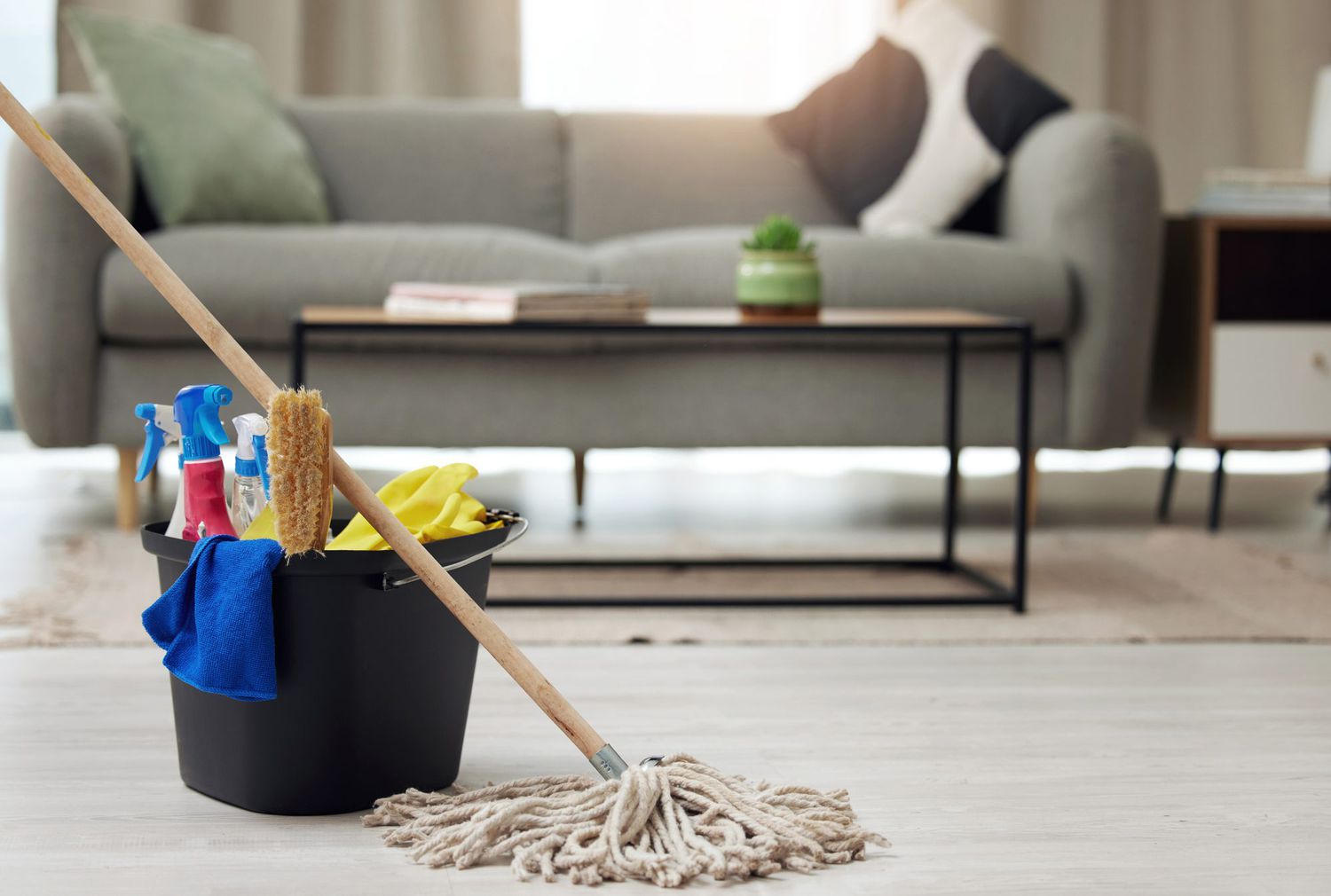
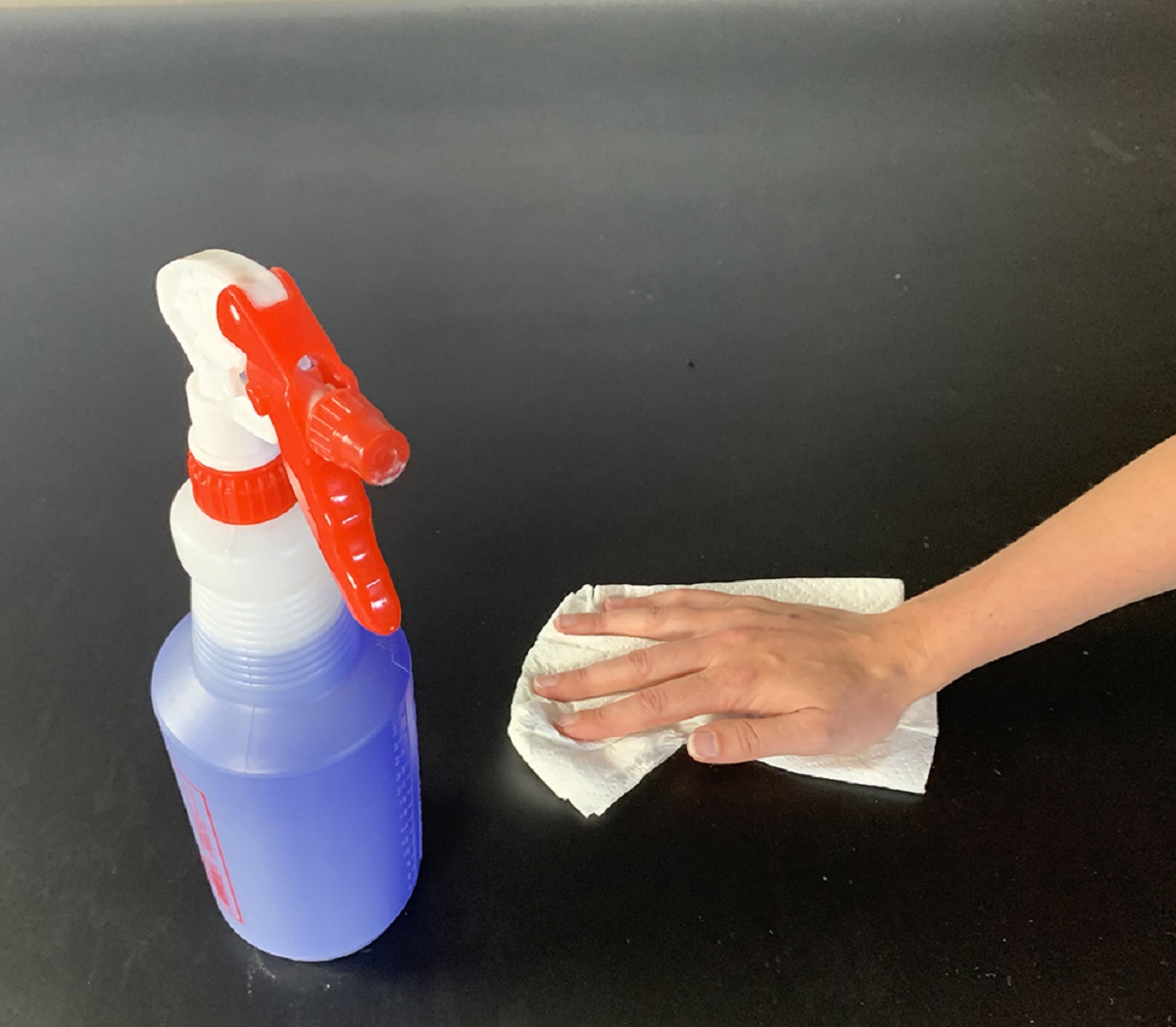
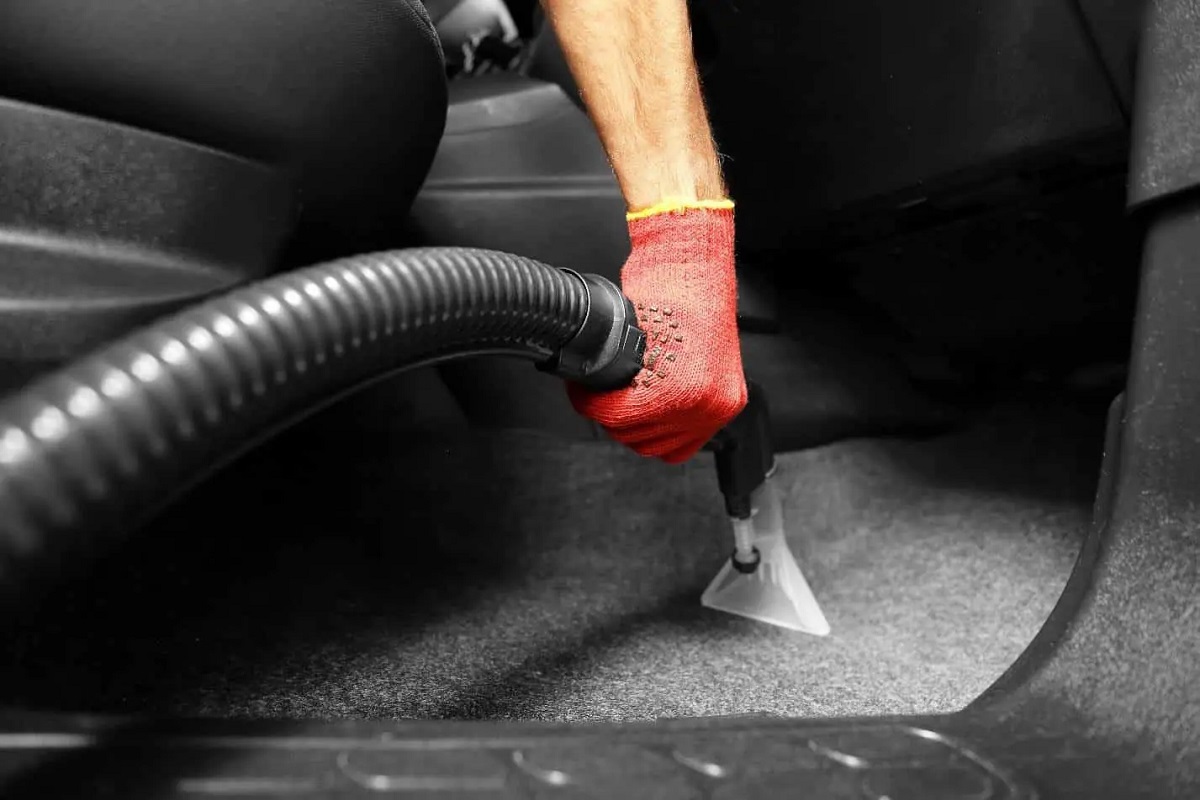
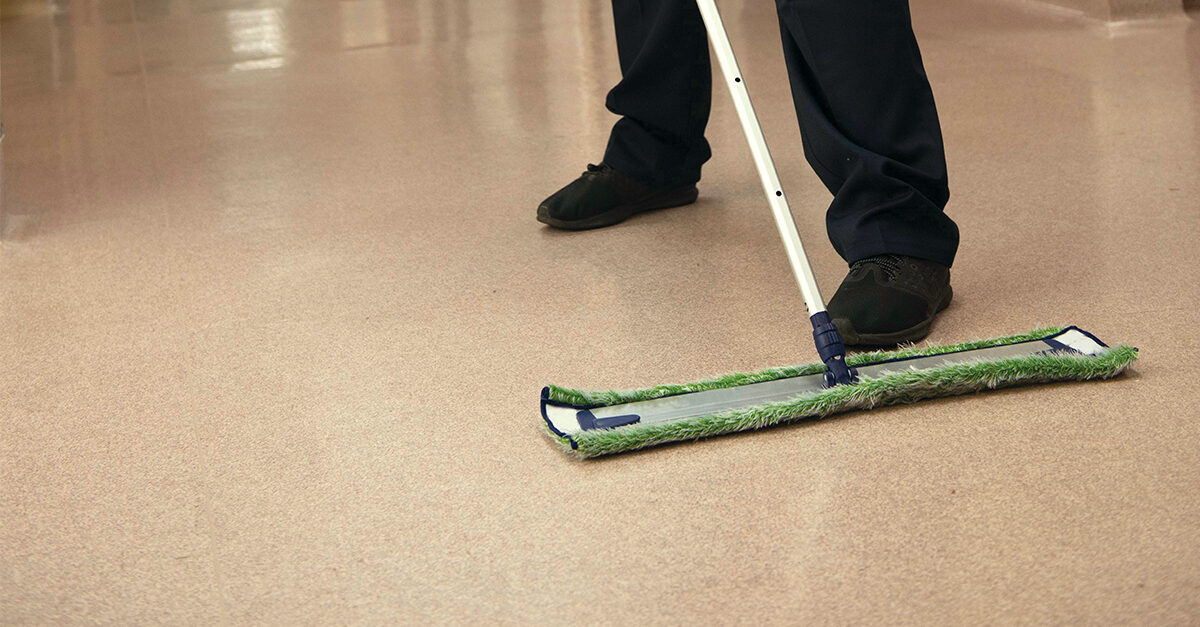
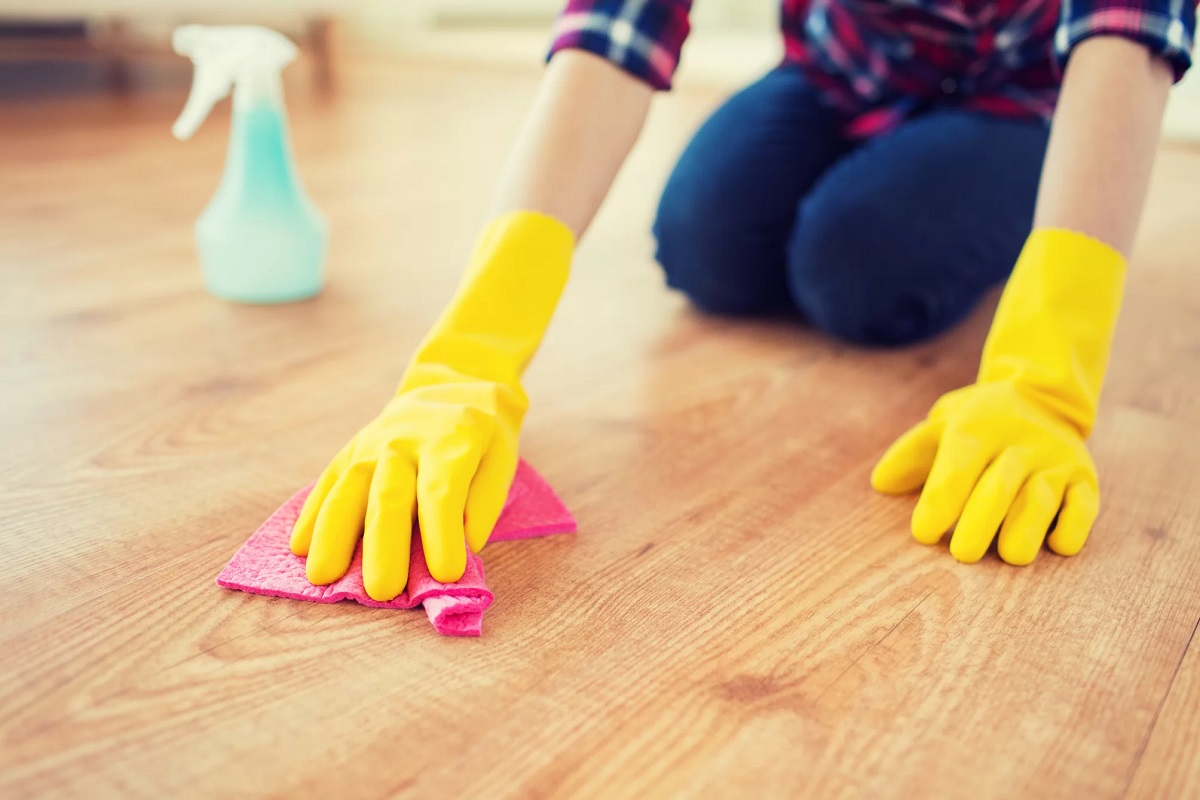
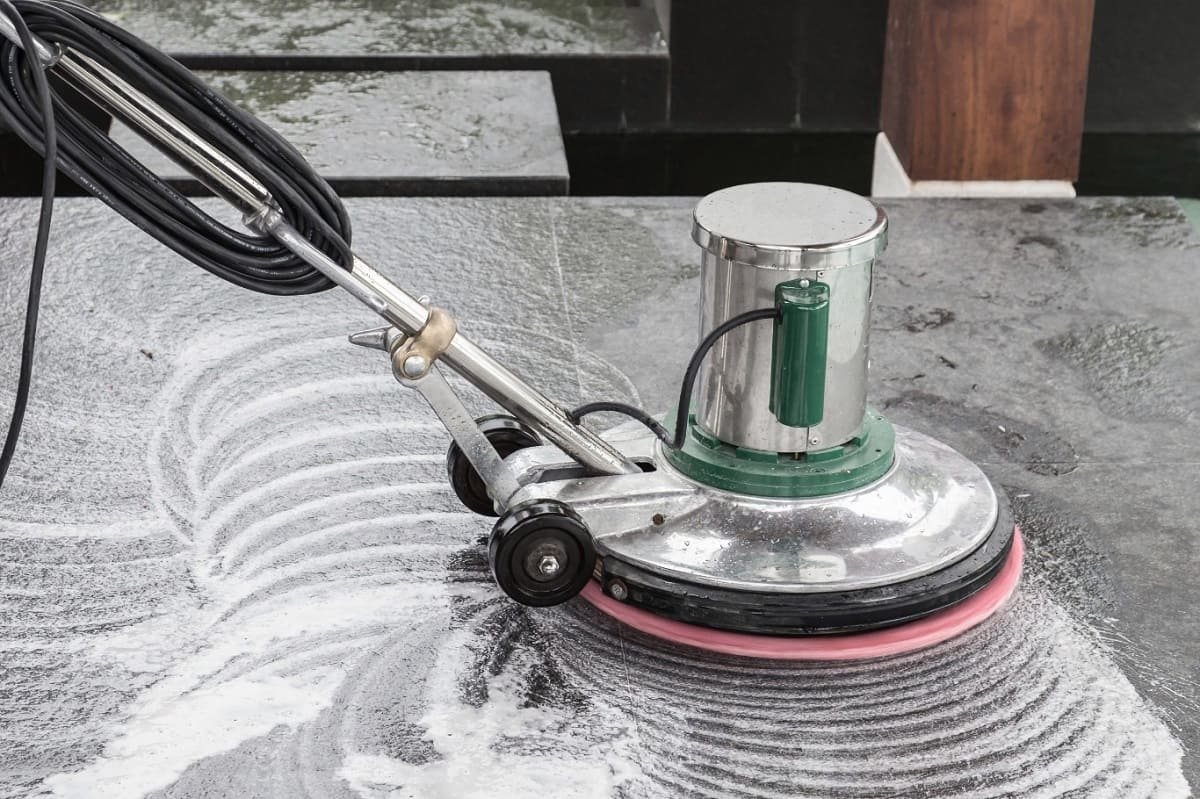
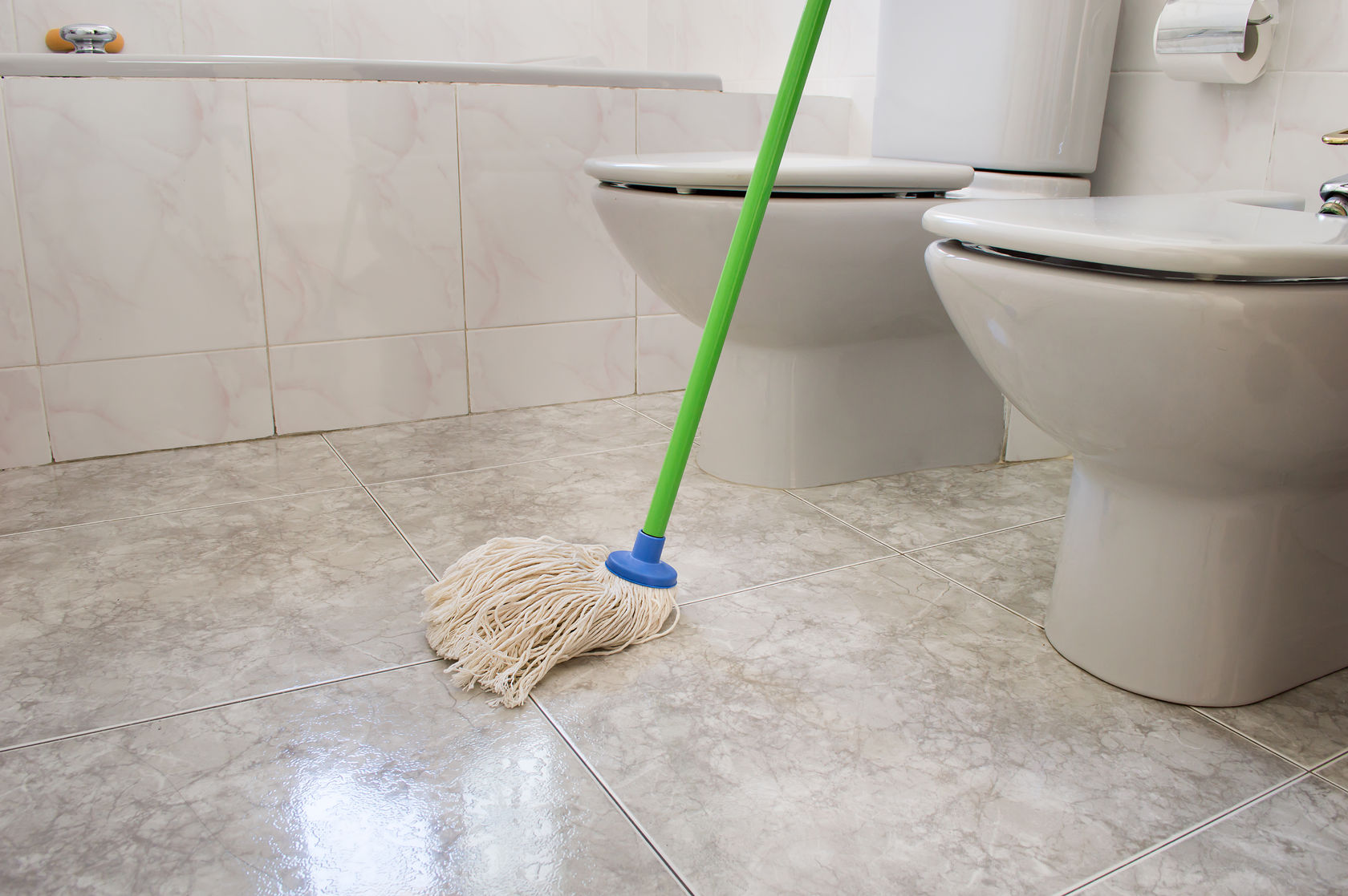
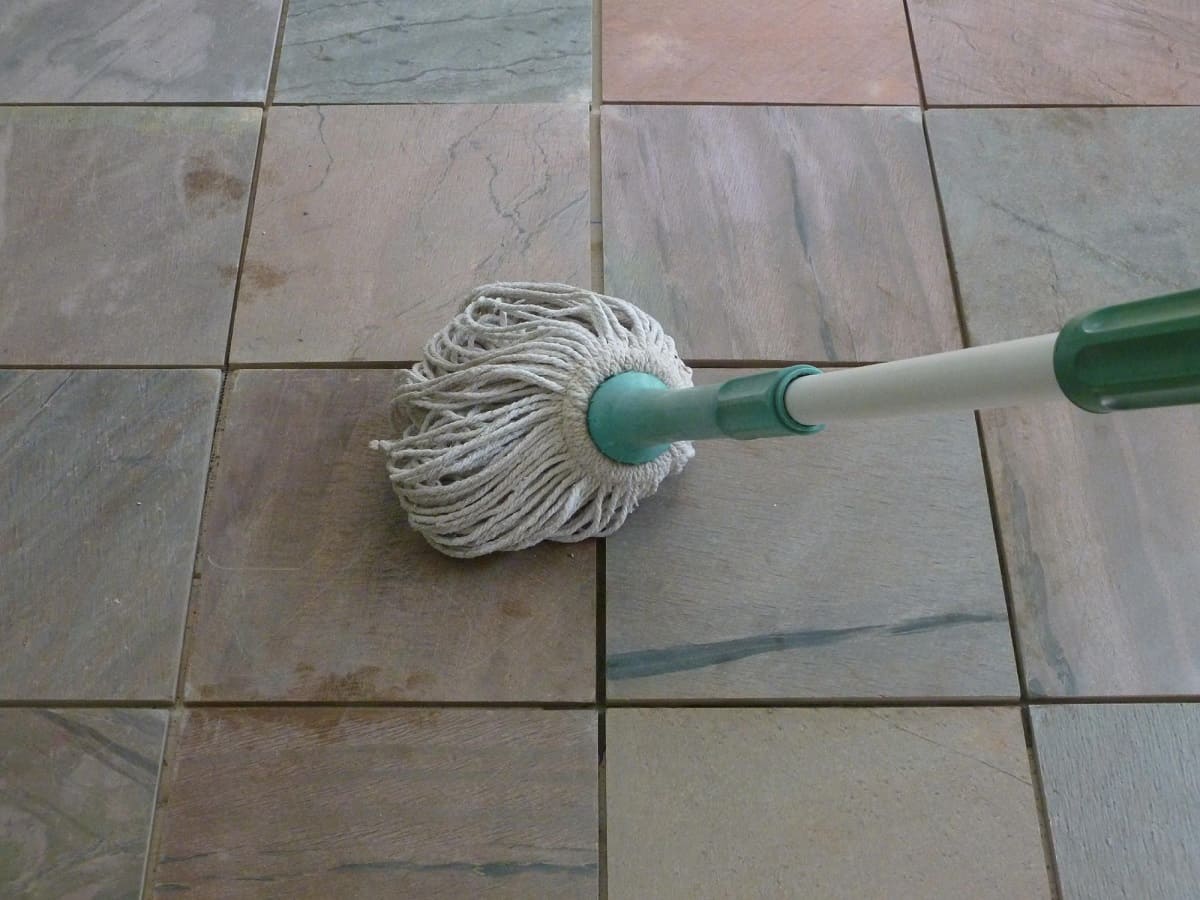
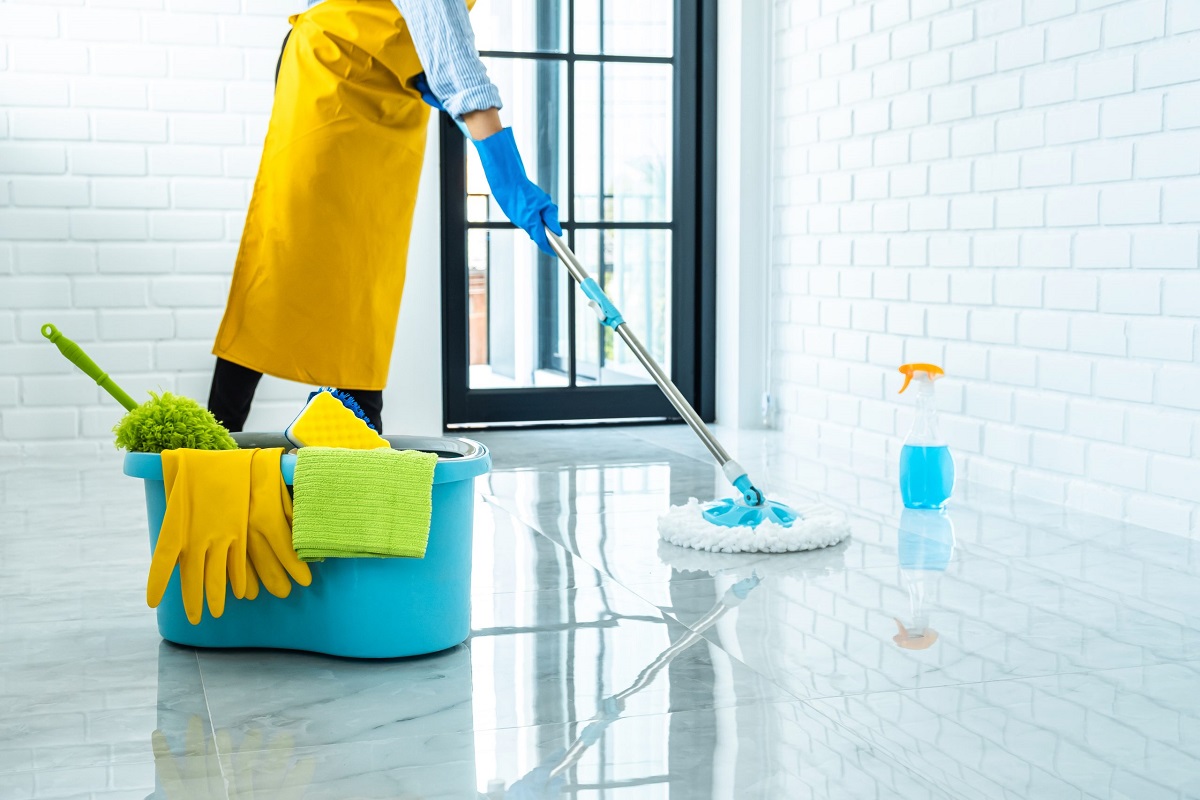
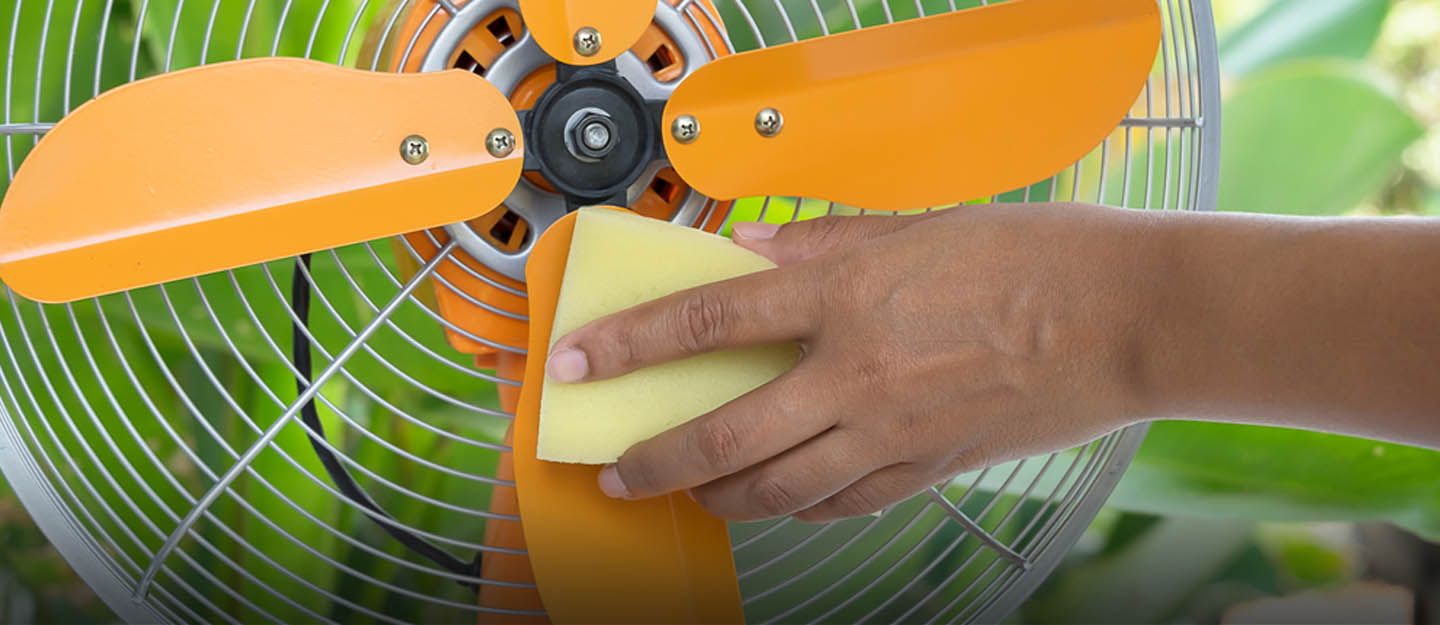
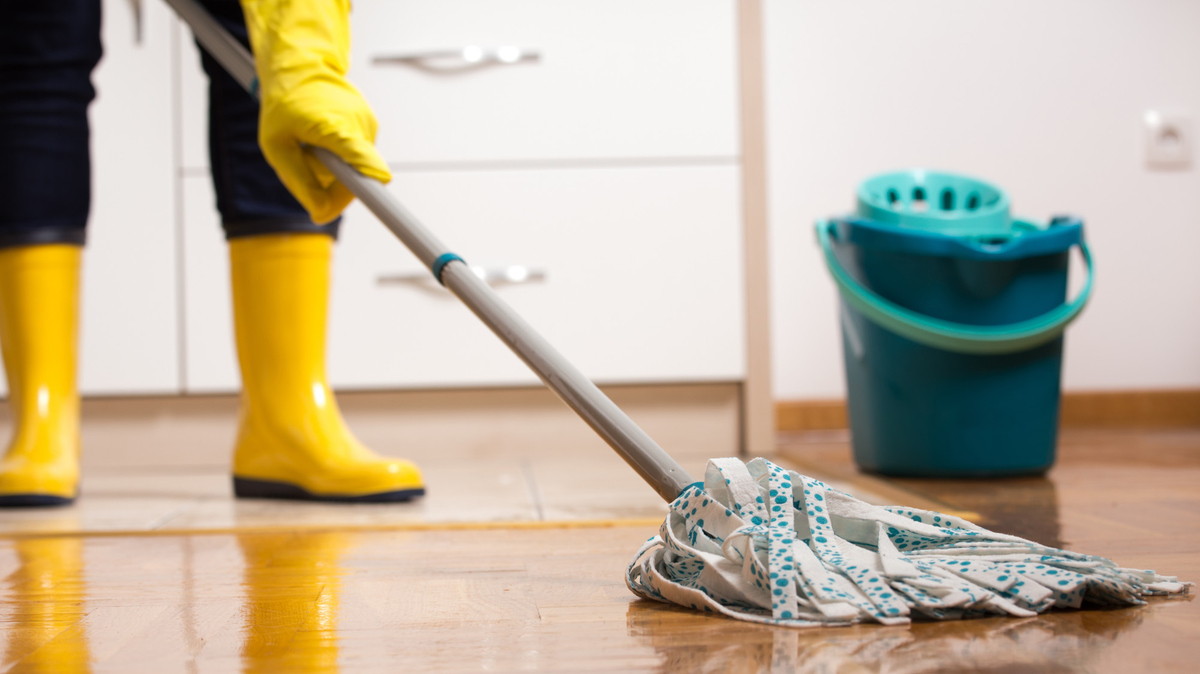
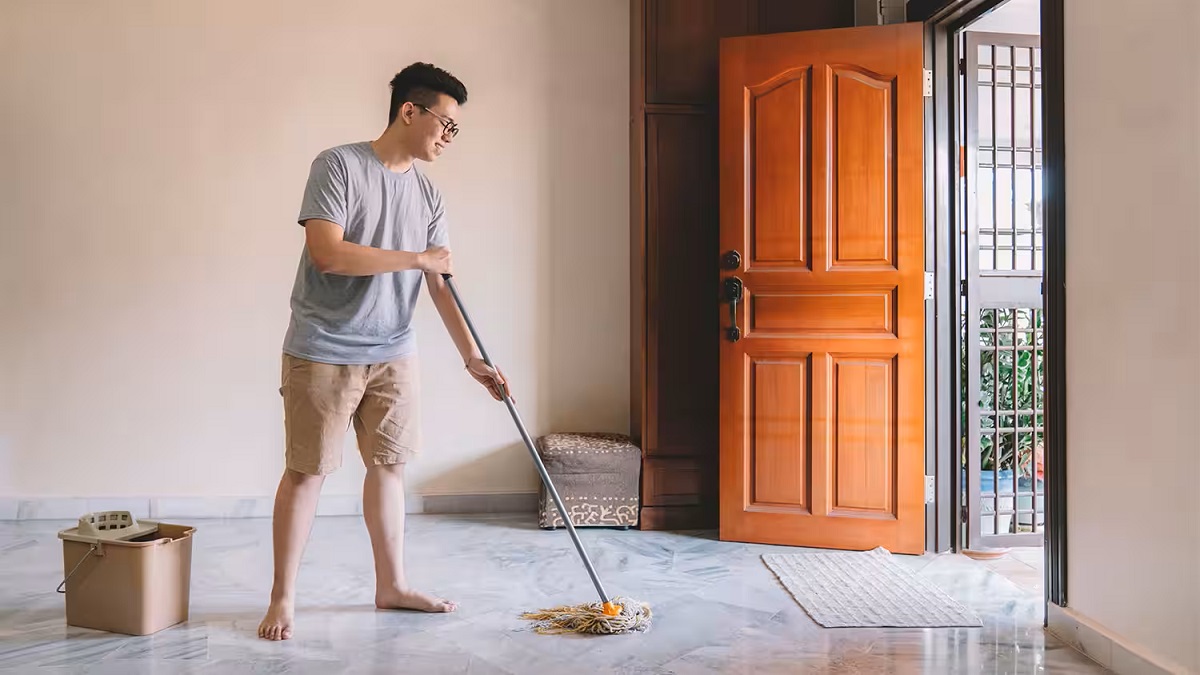
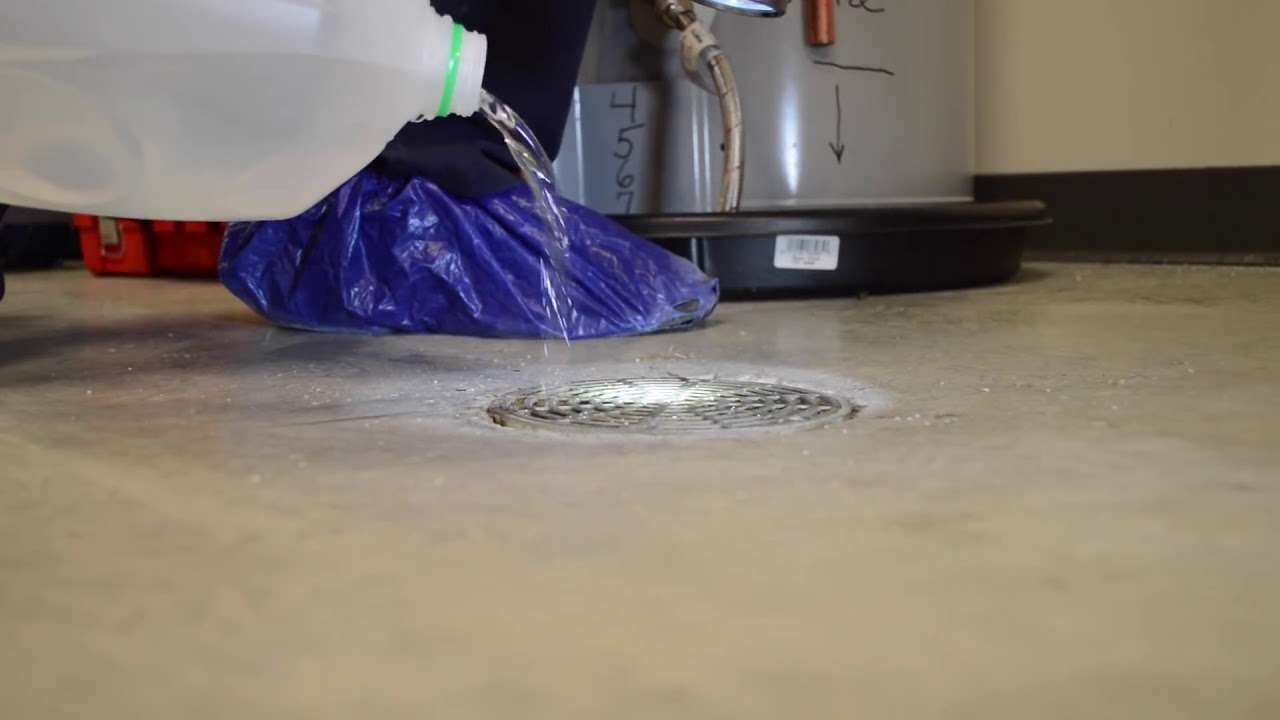

0 thoughts on “How To Clean A Linoleum Floor”